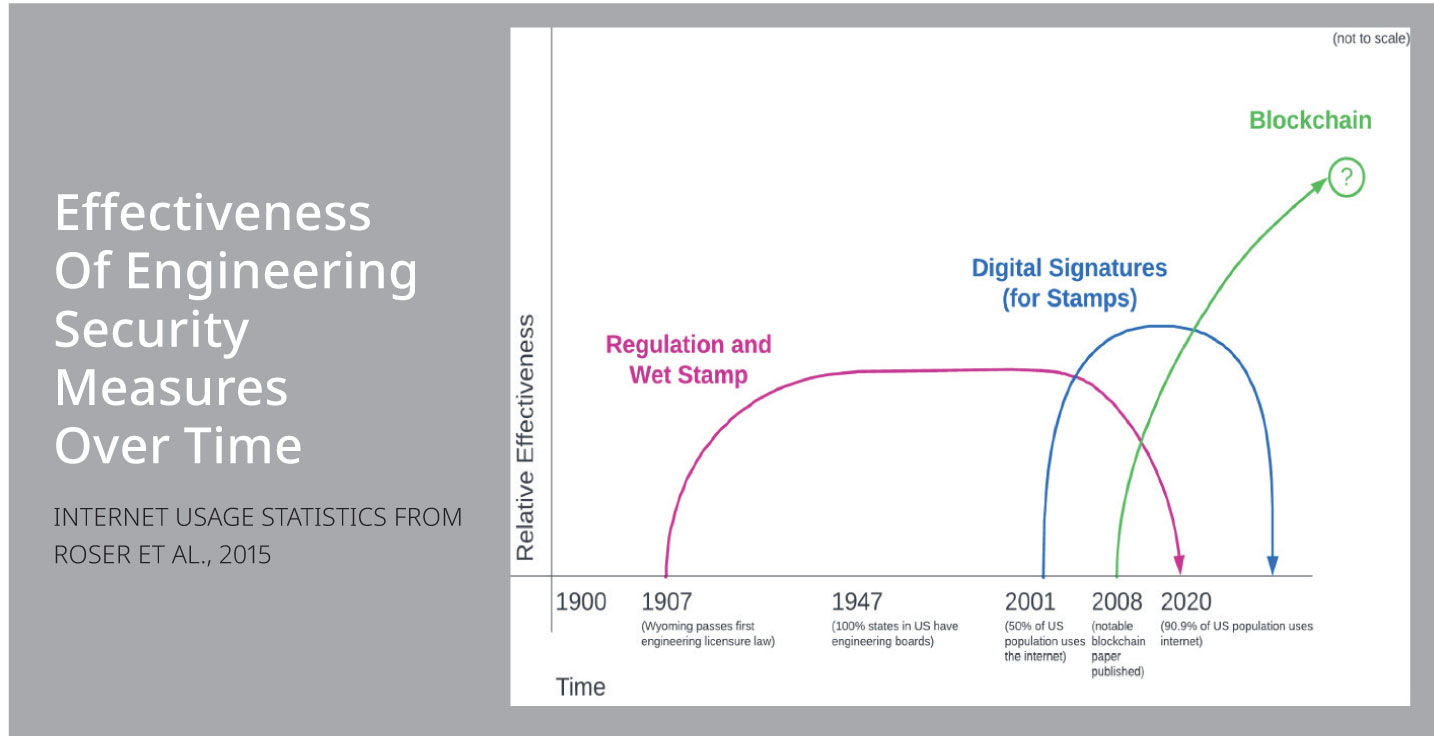March/April 2019
Communities: Construction
Studies Provide Outlook for Future of Off-Site Construction
 Although the use of off-site construction is trending up, barriers are slowing adoption of techniques that could benefit the construction industry, according to the National Institute of Building Sciences.
Although the use of off-site construction is trending up, barriers are slowing adoption of techniques that could benefit the construction industry, according to the National Institute of Building Sciences.
Findings from a 2018 survey conducted by NIBS’s Off-Site Construction Council show that gaps in knowledge and communication, as well as a lack of supply chain integration, are creating the obstacles.
The survey was the council’s second in an effort to assess the growing trend. A 2014 survey of firms and individuals in the construction industry showed an increased use of off-site construction techniques.
In both surveys, more than 85% of respondents indicated they used off-site fabricated components over the past year (87.62% in 2018; 93% in 2014) and that more than 80% expected to use off-site construction either more often or the same amount over the next year (81.63% in 2018; 83% in 2014). According to 78% respondents of the 2014 OSCC survey, off-site construction requires moderately or significantly higher levels of stakeholder engagement—and when stakeholders are more involved, the result is increased integration and collaboration, which leads to a higher quality and reduced changes throughout construction.
Another recent study of off-site construction, conducted by management consulting firm FMI, posed many of the same questions about the industry’s use of off-site construction methods but delved a bit deeper into the bigger picture surrounding the industry’s acceptance and use of off-site construction, particularly for capital projects.
One key finding in FMI’s study: “although most owners perceive high levels of effectiveness for their off-site construction projects, participants use these manufacturing methods on less than 50% of their capital projects. Furthermore, only 16% of respondents plan strategically and set goals for off-site construction.”
The study showed that project type and location are the two top considerations when an organization considers off-site construction. Project risk and safety performance (two of the biggest benefits of off-site construction identified by respondents in both OSCC and FMI surveys) were the two lowest factors.
According to FMI, these results indicate that organizations that are not using off-site construction methods are often not planning strategically or looking at a project holistically. “[O]ffsite construction is not something you can just dabble in and expect to see big returns from; it is an entirely different business philosophy and must be a fundamental part of a corporate strategy, otherwise it just ends up being a very expensive experiment.”
Many capital construction projects around the country, and world, are increasing in scope and complexity, often resulting in cost overruns and schedule delays. Add in a shortage of skilled laborers and increasing retirement among experienced professionals, both FMI and NIBS are stressing the need for off-site construction to become a preferred method for delivering projects quickly, safely, and at lower costs. All of this, both studies show, starts at the top with stakeholders, construction owners, and project managers who oversee the planning, design, engineering and construction processes.
A significant finding from the OSCC 2018 survey shows who decides about using off-site construction. The construction manager or general contractor was named by 48% of respondents, followed by (in decreasing order) designers, clients, subcontractors, and component fabricators. The study speculates that additional education is needed for current decision makers.
FMI’s study adds to this finding. Executives for the owner’s organization, the study says, too often make decisions about project procurement and delivery. These executives, however, don’t know the details of project execution, which is in the hands of project managers. As a result, off-site construction techniques are not used effectively.
“In some cases, the owner procurement teams (e.g., purchasing departments) drive cost decisions without considering the overall project complexity, work sequence, total cost and team coordination efforts,” the study reports. “As such, off-site construction isn’t evaluated in the context of a broader project execution strategy. Consequently, contracts don’t allow for early involvement of key stakeholders, such as equipment vendors, fabricators and construction service providers, which further impedes project success.”
Both FMI and OSCC call for increased collaboration and education to increase the use of off-site methods. Finding a way to leverage people, technology and business value most effectively is always a challenge, but FMI argues that the younger generations entering the workforce have new perspectives as well as a greater connection to and understanding of technology. Including these new perspectives in the conversation will be vital as the industry evolves.


 Volunteering at NSPE is a great opportunity to grow your professional network and connect with other leaders in the field.
Volunteering at NSPE is a great opportunity to grow your professional network and connect with other leaders in the field. The National Society of Professional Engineers (NSPE) encourages you to explore the resources to cast your vote on election day:
The National Society of Professional Engineers (NSPE) encourages you to explore the resources to cast your vote on election day:


